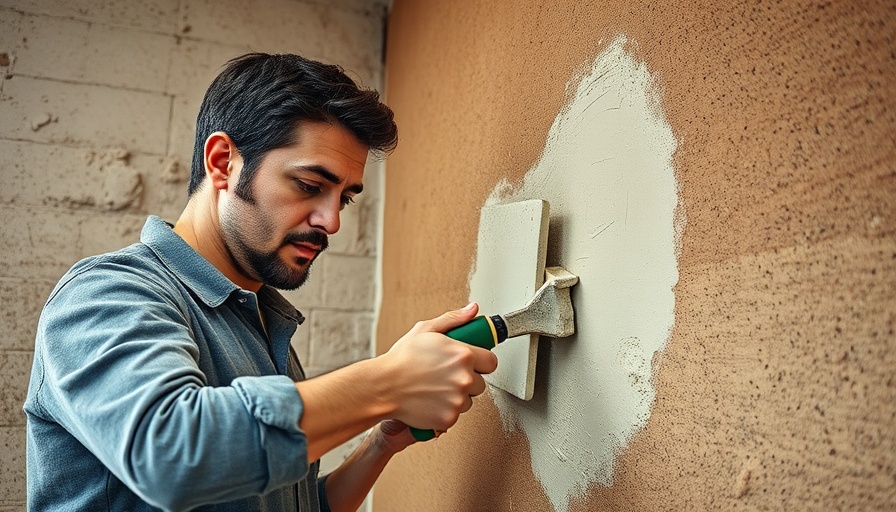
Understanding Different Types of Plaster for Your Projects
When embarking on plastering projects, whether for home renovation or commercial applications, it's crucial to select the right type of plaster. The video, "The ONLY Plaster Guide Beginners Need — Are You Using The Wrong Plaster??" effectively outlines the various plaster types, helping both novices and seasoned professionals make informed decisions.
In "The ONLY Plaster Guide Beginners Need — Are You Using The Wrong Plaster??", the discussion dives into key plaster types, exploring insights that sparked deeper analysis on our end.
One of the highlights is the distinction between different undercoat plasters. For fresh brickwork, hard wall plaster is recommended for its superior bonding capabilities. The video stresses the importance of not using PVA prior to applying hard wall, since it relies on the suction of the brick. Instead, wetting the brickwork ensures an effective bond. This aspect is particularly vital in commercial applications, where durability and adherence are paramount.
Choosing the Right Products: Practical Tips for DIY and Professional Plastering
The guide also delves into bonding plaster, suitable for medium to low suction backgrounds like plasterboard. This type can be problematic if not properly applied, as it requires a PVA application to prevent moisture loss, thereby avoiding cracks. Understanding these subtleties can save time and money in both domestic and commercial plastering services.
Lime Plaster: An Eco-Friendly Alternative
Lime plaster emerges as a standout solution, praised for its breathability. While it is more labor-intensive and costly than traditional sand-cement mixtures, its environmental benefits can't be overstated, making it an optimal choice for repairs on heritage buildings. This resonates with those looking to engage in commercial and residential plastering & rendering services while being environmentally conscious.
Modern Alternatives: Advancements in Rendering Technology
Another significant point is the introduction of modern rendering products like OCR (One Coat Render), which combines ease of application with breathable properties. These advancements could revolutionize how plastering is conducted both in domestic and commercial sectors. Enthusiastic DIYers and building professionals alike can benefit from these greater efficiency and flexibility in application.
A Special Offer for Plastering Enthusiasts
If you're eager to master the art of plastering, we invite you to explore a free online crash course that offers step-by-step guidance on techniques and tips for effective plaster application. Whether you're a homeowner considering minor renovations or a professional seeking to enhance your skills, this resource is invaluable.
 Add Row
Add Row  Add
Add 




Write A Comment